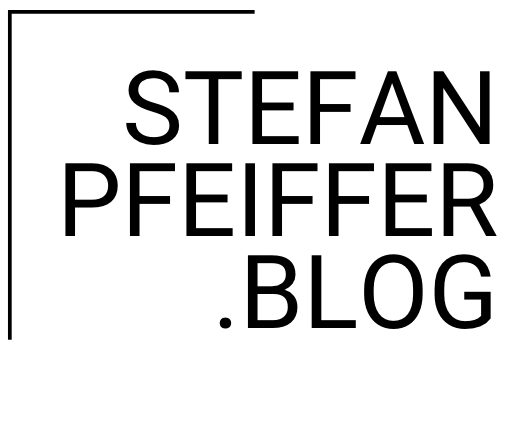My colleague Luis Suarez posited life beyond the e-mail inbox and was even featured in the New York Times with this story. Gartner predicts that social networking services will have replaced e-mail as the primary interpersonal communication tool for 20% of business users by 2014. As reported here at silicon.de, 90% of all CIOs want a corporate Facebook.(Or should I meanhwile write a Corporate Google+?.)
I don’t think that e-mail will disappear, because it’s definitely a good method of communicating directly with others. However, I do believe that it will become less important. But it will be a long process. After all, many people practically live in their inbox. And, as with all habits, it will be difficult to leave that comfort zone. It’s just too easy to click the send, reply and forward button. I often find myself wanting a buzzer or auto-replier when I get yet another pointless chain mail that should have been posted in a wiki, a blog or a bulletin board, but many users and particularly those of the e-mail generation have not gotten to this point yet. And recipients also have to get used to the fact that information gets put on social networks and no longer in e-mail, or if it is then just as a short note.
And yet there is hope. There is a clear trend, and not only among the younger generation, of making more use of work methods that are familiar from private use of Web 2.0: writing important information in wikis and blogs rather than sending it by e-mail, sharing bookmarks, files, photos and presentations online rather than cluttering up e-mail inboxes, and so on. The information is then available on a wall, a river of information, as we know from Facebook. And that’s where the activities of my friends with whom I am networked feature. That’s where I get information from pages that I am a fan of. I follow the river of information, adapt my flow of information by hiding certain information and “friends” that annoy me or pester me too much. Where it appears useful to me, I “like” and make comments and join in discussions.
Is that all just a complete waste of time? Especially social media? Just like e-mail was seen as a waste of time 20 years ago. Or the Internet. Or the telephone. Or… I don’t think these statements are really worth commenting on in earnest.
Communicating with social media and in social networks, whether externally with customers and business partners or internally with colleagues is or will soon become a completely normal communication service just like the phone and e-mail, and no one will question it any more. People who do not communicate through these channels will cut themselves off from their customers.
Social software for professional purposes in a corporate environment already has a lot to offer: internal microblogging à la Twitter, networking with colleagues and like-minded people, blogs, wikis, communities and much more. You need to pay attention when selecting which ones to use and distinguish the real social tools and from shoddily revamped file-sharing platforms. Working with people-oriented social software is of course particularly welcomed by digital residents who are already used to communicating in social networks privately, liberally sharing information and dealing with walls and streams.
And the next step – the NEXT corporate Facebook as it were – is not far off: Activity streams, such as described by Ed Brill, for example, expand on the model of the wall or the river of information. Unlike a Facebook wall, activity streams combine information and to-do tasks from the professional sphere, such as a transaction from SAP that needs processing, an invoice that has to be checked or a statement of expenses. It could be a message from an answering machine, an e-mail or a message from the CRM system that a customer is waiting for a quote or has a complaint. The goal is to consolidate the daily tasks that a person has to do in the corporate environment into the activity stream.
The concept goes beyond purely reading, “liking” or commenting on posts. Already today, messages are sent by e-mail to notify people of to-dos. You click the link in the e-mail to get to the respective program or website in which the task needs to be processed. Programs or applications start and the tasks can then be completed. Activity streams aim to enable something called inline editing, which means that the task can be completed directly in the activity stream without having to open the associated application. And that would most definitely save a lot of time and work.
Is everyone going to work with activity streams? I don’t think so. However, it would help a lot of office workers who have to operate with lots of different sources of information and applications to work more productively. I personally really like the idea, because I have a lot of different tasks and use many different sources and programs, and I also work with other people in a very team-oriented way and share and communicate lots of information. I think activity streams will be an excellent tool for that style of work and they will make my life easier. And I shouldn’t forget one important aspect of this vision: The activity streams have to be available on mobile devices so I can work with and in the streams from my Blackberry, iPad and Android. Not only are the days where e-mail dominates numbered. The end of the era of the monolithic Windows-only workstation with a company computer and notebook is also nigh.
The posting was originally being published in German language on this blog and on silicon.de.

Kommentar verfassen